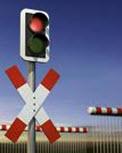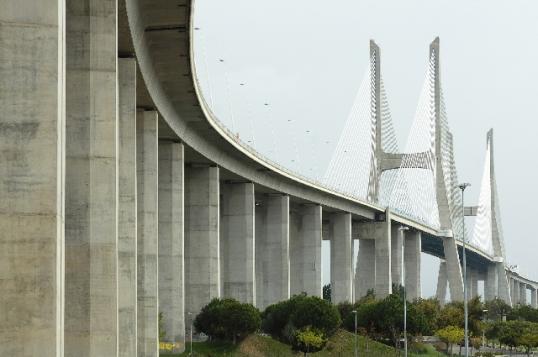Level crossings
Crashes at level crossings merit specific attention. Although they account for a limited proportion of road crashes (around 1% of road fatalities), they account for around one third of rail fatalities. In most cases, the primary cause is inappropriate behaviour by road-users (poor evaluation of risk, lack of attention, and misunderstanding of road signs).
Eliminating crashes at level crossings is a shared responsibility for both road and rail operators. The Commission is fully committed to ensuring a high level of rail safety across the Union. When it is not possible to eliminate these crashes completely, the risk of a crash can be reduced by providing improved protective equipment.
The Connecting Europe Facility (CEF) makes funding available for road safety in the context of digitalisation, which can be spent specifically on level crossings. European Regional Development Funds (ERDF) could also cover actions to eliminate or increase the safety at level crossings.
The European Union Agency for Railways (ERA) keeps a record of existing level crossings and the statistics for accidents involving them.
The Commission is also actively involved in the International Rail Union (UIC) and road authorities’ awareness-raising campaigns targeting users of level crossings – in particular the International Level Crossing Awareness Day (ILCAD).
To enhance safety through technology, the EU’s research funding programme Horizon 2020 is supporting the initiatives SAFESTRIP (SAFE and green Sensor Technologies for self-explaining and forgiving Road Interactive applications) and SAFER-LC (Safer level crossing by integrating and optimizing road-rail infrastructure management and design).
Safe bridges
An increasing number of road bridges have proved to be in a poor condition. This means a risk of collapse and crashes with potentially very harmful consequences for road (bridge) users and local residents.
In most cases, the poor state of bridges or even their collapse is the result of shortcomings in their structural design or a backlog in maintenance. While neither the structural or constructional design safety of road bridge infrastructures, nor their maintenance, are subject to EU legislation, it is important to note that recent EU research has helped to identify new technologies for monitoring infrastructure status and advancing innovative methods for preventive maintenance.
Useful links
- Project Safestrip
- Project SAFER-LC which has a free toolbox
- Reports on accidents at level crossings (506 investigation reports available (2007-2019) – database hosted by ERA)
- International Level Crossing Awareness Day
- Transport Community: Level Crossings Public Awareness Campaign
- Maintenance & Monitoring of bridges
- First aerial robot for bridge inspection
- Monitoring-Based Maintenance of the Transport Infrastructure
- Design and construction of a portable 3D ultrasound scanner for non-destructive testing and evaluation


